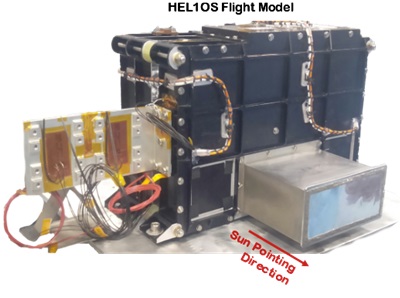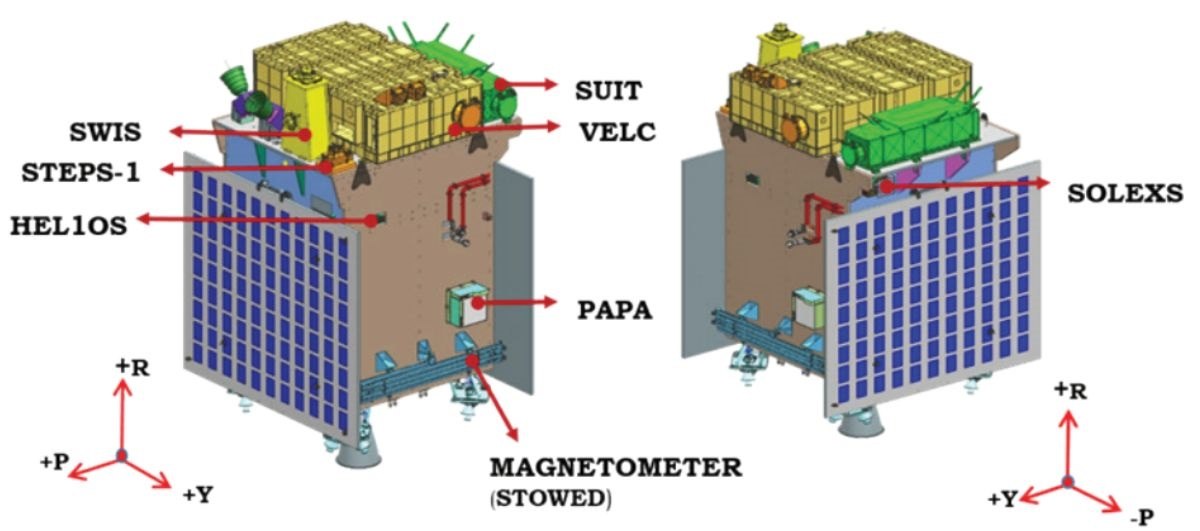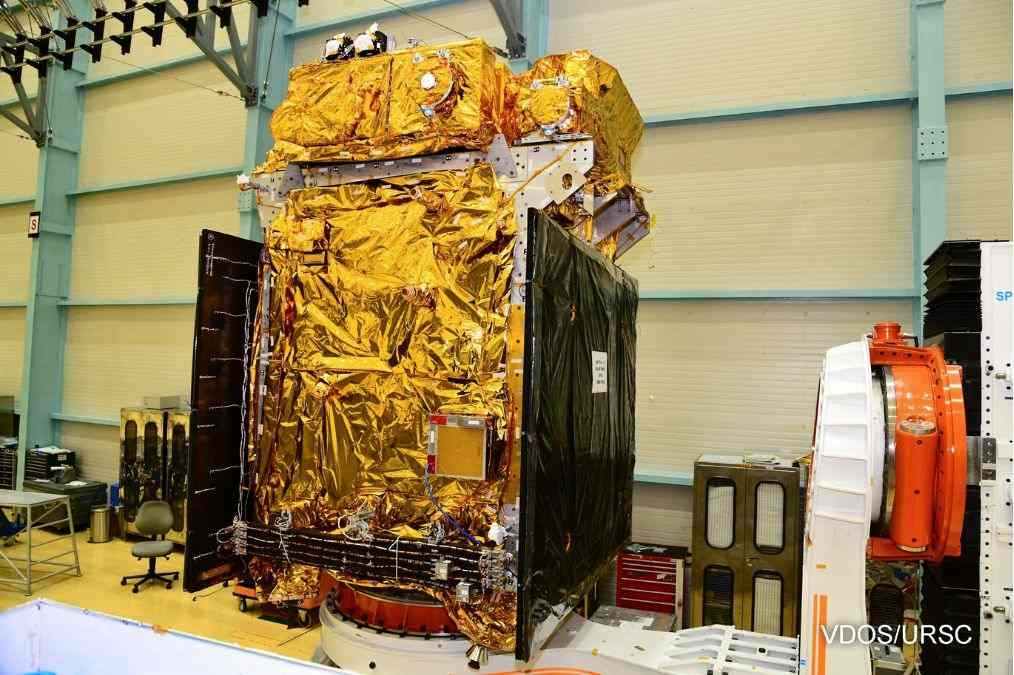The Indian Space Research Organisation's (ISRO) Aditya L1 solar probe mission has achieved a significant milestone by capturing its first high-energy solar flare in X-ray. The flare was observed on October 29, 2023, by the High Energy L1 Orbiting X-ray Spectrometer (HEL1OS), one of the seven scientific instruments on board the spacecraft.
Aditya-L1 Mission:
— ISRO (@isro) November 7, 2023
HEL1OS captures first High-Energy X-ray glimpse of Solar Flares
🔸During its first observation period from approximately 12:00 to 22:00 UT on October 29, 2023, the High Energy L1 Orbiting X-ray Spectrometer (HEL1OS) on board Aditya-L1 has recorded the… pic.twitter.com/X6R9zhdwM5
The feat of capturing the first high energy solar flare by HEL1OS is a major breakthrough for ISRO and the Indian scientific community, as it marks the first time that an Indian spacecraft has captured such high-resolution data of solar flares.
The data collected by HEL1OS will provide valuable insights into the nature of solar flares and their impact on Earth's climate and space environment while paving the way for better forecasting of solar events and improved protection of our space-based assets.
What is HEL1OS on Aditya-L1 Solar Mission?
 Image: U. R. Rao Satellite Centre, ISRO
Image: U. R. Rao Satellite Centre, ISRO
High Energy L1 Orbiting X-ray Spectrometer (HEL1OS), pronounced as Helios, is the hard X-ray spectrometer on Aditya-L1 Solar Mission by ISRO. It is operating in the wide X-ray energy band of 10-150 keV.
It houses two different types of detectors: Cadmium Telluride (CdTe) and Cadmium Zinc Telluride (CZT) to capture Solar X-rays in the energy range of interest. In order to achieve the targeted spectral sensitivity, two CdTe detectors will capture in the energy band of 10-40 keV and two CZT detectors will capture in the energy band of 20-150 keV.
The HEL1OS spectrometer is specifically designed to capture high-resolution X-ray spectra of solar flares, providing detailed information about the energetic processes occurring during these events.
What are Solar Flares?Solar flares are sudden bursts of energy released from the Sun's atmosphere. They are the most powerful events in our solar system, and they can release as much energy as millions of megatons of TNT. Solar flares can cause a variety of disturbances in Earth's space environment, including radio blackouts, disruptions to GPS signals, and auroras. They can also pose a threat to astronauts and spacecraft. |
Significance of HEL1OS

Image: ISRO
As per ISRO, the data collected by HEL1OS is significant as it will help scientists to:
- Study explosive energy release, acceleration and transport of electrons during Solar flares using fast-timing measurements and high-resolution spectra.
- Quasi-periodic Pulsations (QPPs) of hard X-rays during Solar flares to understand its connection with particle acceleration mechanisms.
- Study of the evolution of the cut-off energy between thermal and non-thermal emission as a function of flare evolution and its relation with the spectral parameters of the accelerated electron distribution (using high spectral resolution measurements).
Also read: Which layer of the Sun will Aditya L1 study?
Aditya L1 Mission
 Image: ISRO
Image: ISRO
The Aditya L1 mission is India's first dedicated mission to study the Sun. The spacecraft was launched on July 20, 2023, and it is currently orbiting the Sun in a halo orbit around the Lagrange 1 (L1) point, which is a point of gravitational balance between the Sun and Earth.
The Aditya L1 spacecraft carries seven scientific instruments, including HEL1OS, which is responsible for capturing high-resolution X-ray images of the Sun. The other instruments are designed to study the Sun's corona, chromosphere, and photosphere.
Also read: What is Aditya L1? All You Need To Know About India’s First Solar Mission
Comments
All Comments (0)
Join the conversation